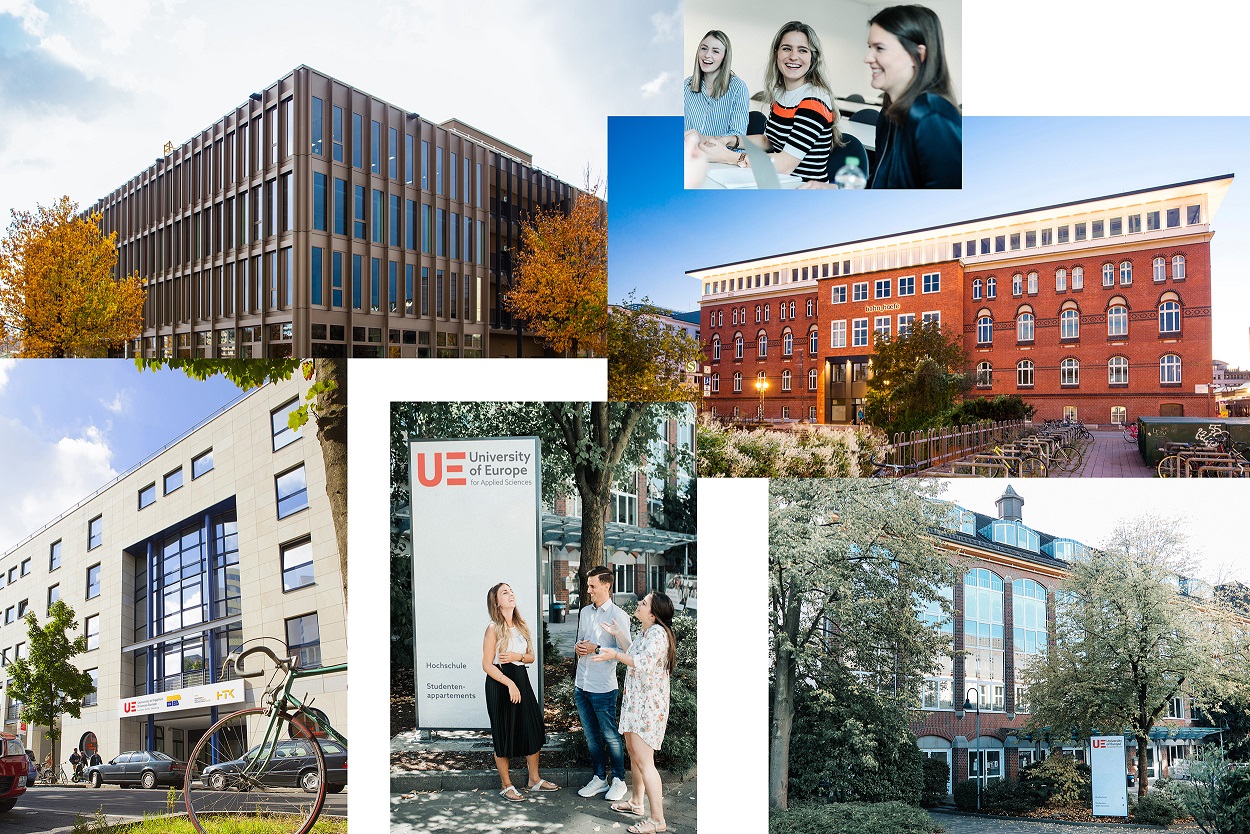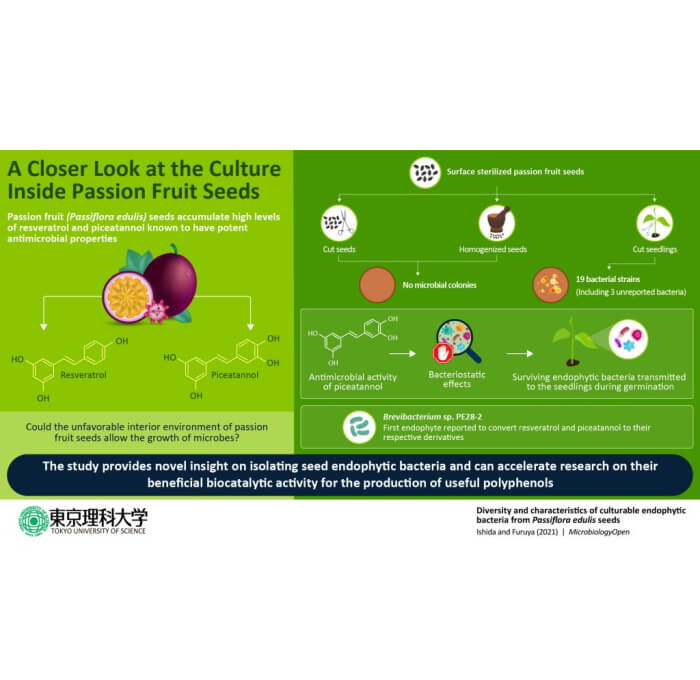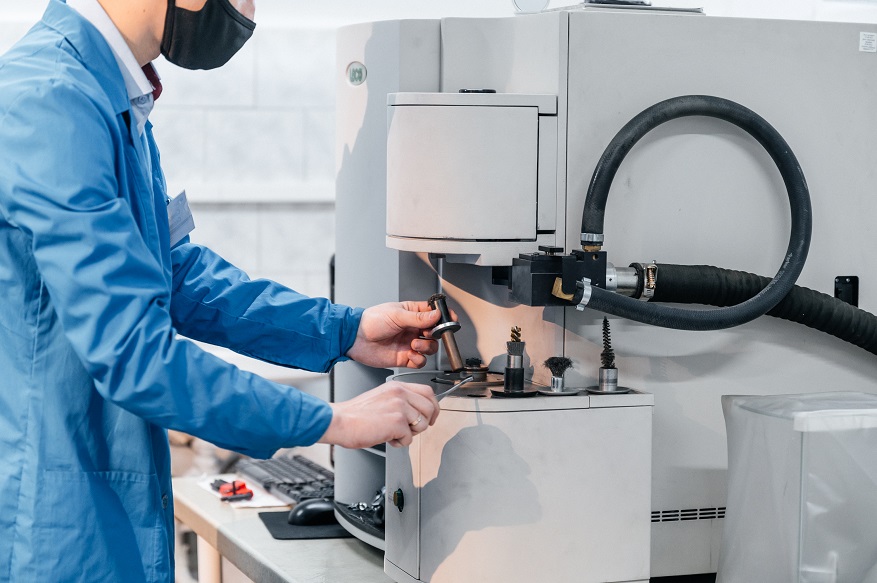Sustainable, responsible, and impact (SRI) investing is on the rise. But with SRI investing called out as “marketing hype” by sceptics like Mr Tariq Fancy, the former chief investment officer for sustainable investing at BlackRock Inc, the importance of measuring and assessing environmental, social, and governance (ESG) impact on investment is more pertinent now than ever before.
However, various stakeholders have raised concerns over the reliability of existing ESG ratings, including the difficulties in comparing different metrics, biases and inconsistencies in rating construction, and low correlations between different ratings. There is a pressing need for greater standardisation of ESG information disclosure and impact measurement, as well as other means of valuing impact, not just in its natural unit but also in monetary terms.
As such, the SMU Sim Kee Boon Institute (SKBI) and Singapore Green Finance Centre (SGFC) hosted Panel Discussions on ESG Measurements & Standards, a fringe event at the 4th annual Global Research Alliance for Sustainable Finance and Investment (GRASFI) conference.
The first panel was moderated by SKBI Director, Prof Dave Fernandez, who is also part of this year’s GRASFI Conference Committee and co-leads the Singapore Green Finance Centre (SGFC), a new institute that conducts research and trains professionals in green finance. Delving on the recent development of ESG impact measurement, the panellists included SMU Adjunct Professor Wong Dan Chi, Head of ESG Integration, APAC at Schroders; Mr Dave Chen, CEO/Chairman of Equilibrium; and Dr Adrian De Groot Ruiz, Executive Director of Impact Institute.
Prof Wong, who is developing and teaching the SMU module Sustainability & Metrics, kickstarted the discussion by explaining that ESG first came about as a means to quantify externalities — consequences of industrial or commercial activities which are not reflected in market prices — and find a way to capture them.
“I think the ratings are an easy way for new starters to come onboard [sustainable investment],” noted Prof Wong.
“But among more serious and sophisticated fund managers and clients, it’s become quite an automatic habit to pinpoint the relevant issues, because everyone has their materiality and an idea of what is important to them.”
At Schroders, for example, investors employ a platform called impactIQ to understand the impact their investments are having on society and the environment. It includes the proprietary tool SustainEx, which translates social impact into financial costs. Prof Wong stressed the need to define both positive and negative impact and does so by turning to academics and white papers to define the top ways to address the externalities. Finally, a cost is attributed to social impacts and externalities based on academic and industry studies.
“I would tell you that for the first 10 years of our existence, sustainability, or impact, or ESG were not front and centre, mainstream topics,” shared Prof Wong.
“We serve institutional clients from around the world and these are large, sophisticated institutions that are planning to place large blocks of capital. In the last three or four years, almost every one of these clients has begun to demand visibility into our sustainability and impact programmes.”
Similarly, Impact Institute is a social enterprise that develops methods and tools to measure and monetise impact. Dr de Groot Ruiz explained that, increasingly, businesses need to create profit as well as a positive impact to be successful. Organisations now recognise the need for an accurate system to measure that impact to inform rational decisions.
“Quite a lot of data has been generated, probably too much data, but it doesn’t help you in making decisions,” revealed Dr de Groot Ruiz.
Decision-makers need to consider all material impacts because, for example, if the focus is solely on climate change, biodiversity for land rights may suffer. The impact has to be quantified, otherwise, it is not possible to compare different options and companies across different metrics. As such, a form of harmonisation of different approaches is required to come up with an impact weighted accounts framework. The framework then provides standardised, validated accounts containing information about the business cycle impacts required to make those informed impact decisions.
Furthermore, as Mr Chen emphasised, a critical part of ESG measurement lies in “moving to operationalise data as opposed to reporting and transparency”. He stated that certain metrics like the Low Carbon Fuel Standard in California is a market-making mechanism that materially impacts pricing. For example, the same unit of natural gas with an extremely low carbon intensity score is priced at almost 20 times higher than its less sustainable equivalent.
“Market pricing is now sending a signal to the downstream users of natural gas, wanting to convert from fossil natural gas to biogas, and the midstream, the refiners, as well as the generators,” said Mr Chen.
“So the entire value chain in the US now has been shifted as a result of this quantification of externalities.”
To discuss research and policy surrounding measurement and standardisation were panellists Andrew King, Questrom Professor in Management, Boston University; Shawn Cole, John G. McLean Professor of Business Admin, Harvard Business School; and Michael Tang, Head of Listing Policy & Product Admission, Singapore Exchange. This second panel was moderated by SMU Associate Professor of Finance Liang Hao, who is on the Management Committee of the SGFC.
Prof King, a leading authority on environmental performance and innovation, started the discussion by highlighting his concerns over the ability to create a total impact score for firms that is meaningful and useful. He shared that he was working on a paper on “heroic accounting” and how proposals for monetising corporate planetary impacts are “alluring, impossible and perilous”.
“We now have a few people making decisions about what the impacts are for all these other entities in the world,” remarked Prof King.
“We can say, okay, well we’re just going to trust accountants and financial advisors. But we should also remember that we had a little kerfuffle in the middle of the late part of the 2000s when we had not done a good job of evaluating the risk of credit, collateral debt obligations.”
Prof Cole also warned against using ESG ratings without placing greater thought on their significance and noted the extremely low correlation between ESG ratings. He too reiterated the need to do better in terms of standardising measurements.
“It’s unclear to me when and how the world will have the collective real power to impose a carbon tax that gets the social cost of carbon right, and until then, we can make some progress through capital markets,” said Prof Cole.
While ESG ratings are far from perfect, Prof Cole suggested that its ability to get CEOs and corporates interested in measuring and managing carbon emissions can nevertheless lead to some degree of carbon reduction and help motivate political coalitions towards more thoughtful carbon regulation.
Mr Tang also reflected that there is room for improving different investment philosophies methodologies and models, from the perspective of someone implementing policies to promote sustainable investing and the better use of sustainable information.
“The basic problem we have right now is data,” added Mr Tang.
“It is both a question of defining what kind of data we require, as well as the scope of the data that companies are reporting, and that is something I think as securities regulators, we are motivated to act upon.”
He agreed that the market can serve as a mechanism to correctly price impact, as demonstrated by the Climate Impact Exchange, a Singapore-based global carbon exchange that aims to scale the marketplace for the trading of carbon credits. While more can be done to achieve the standardisation of impact measurement, policymakers, business organisations, governments and investors need to work together to build an ecosystem for truly sustainable investing in the future.



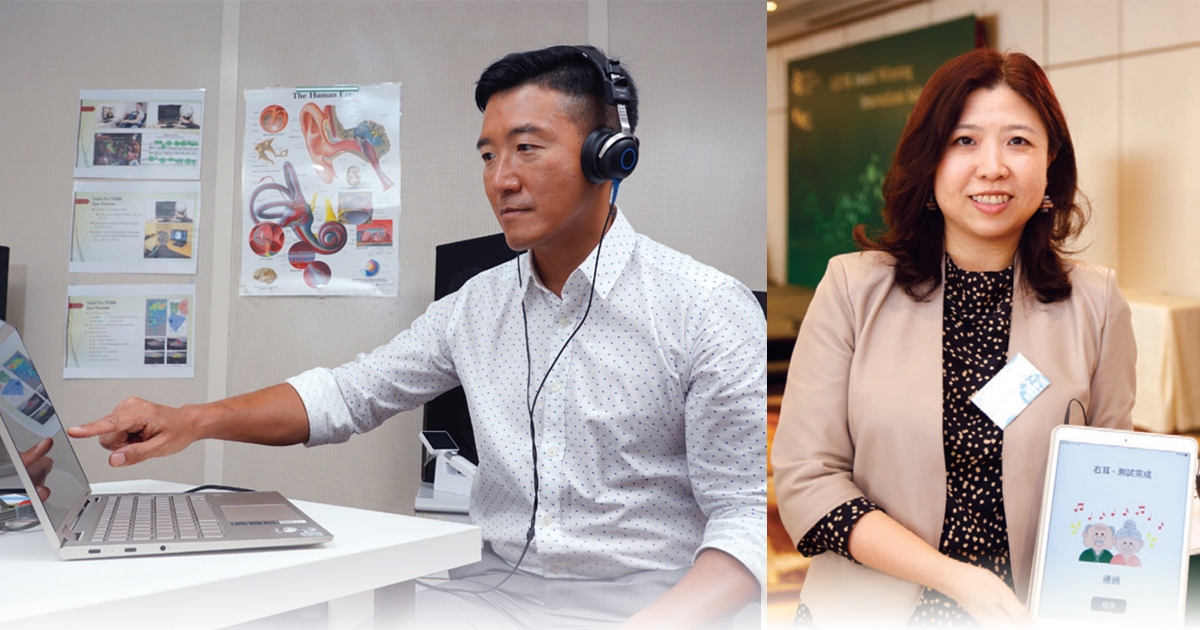
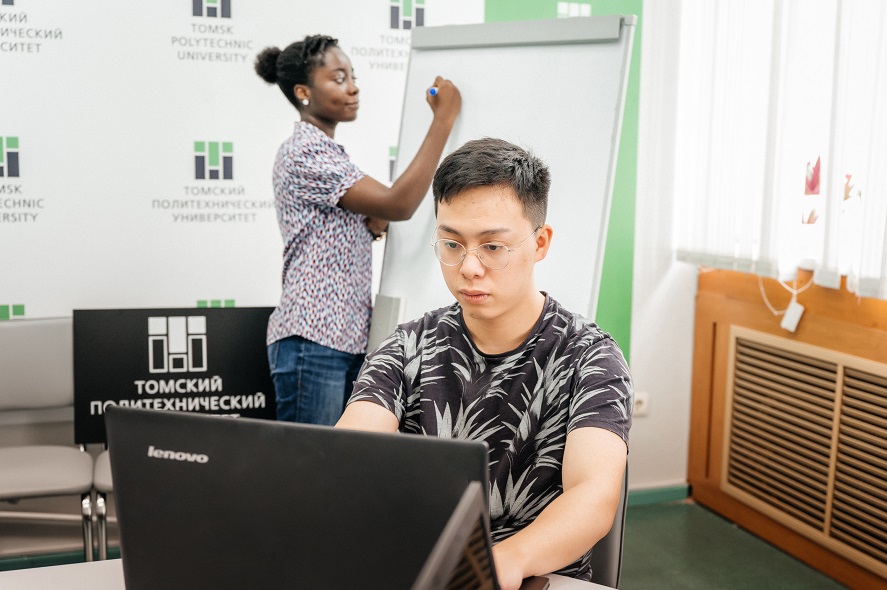
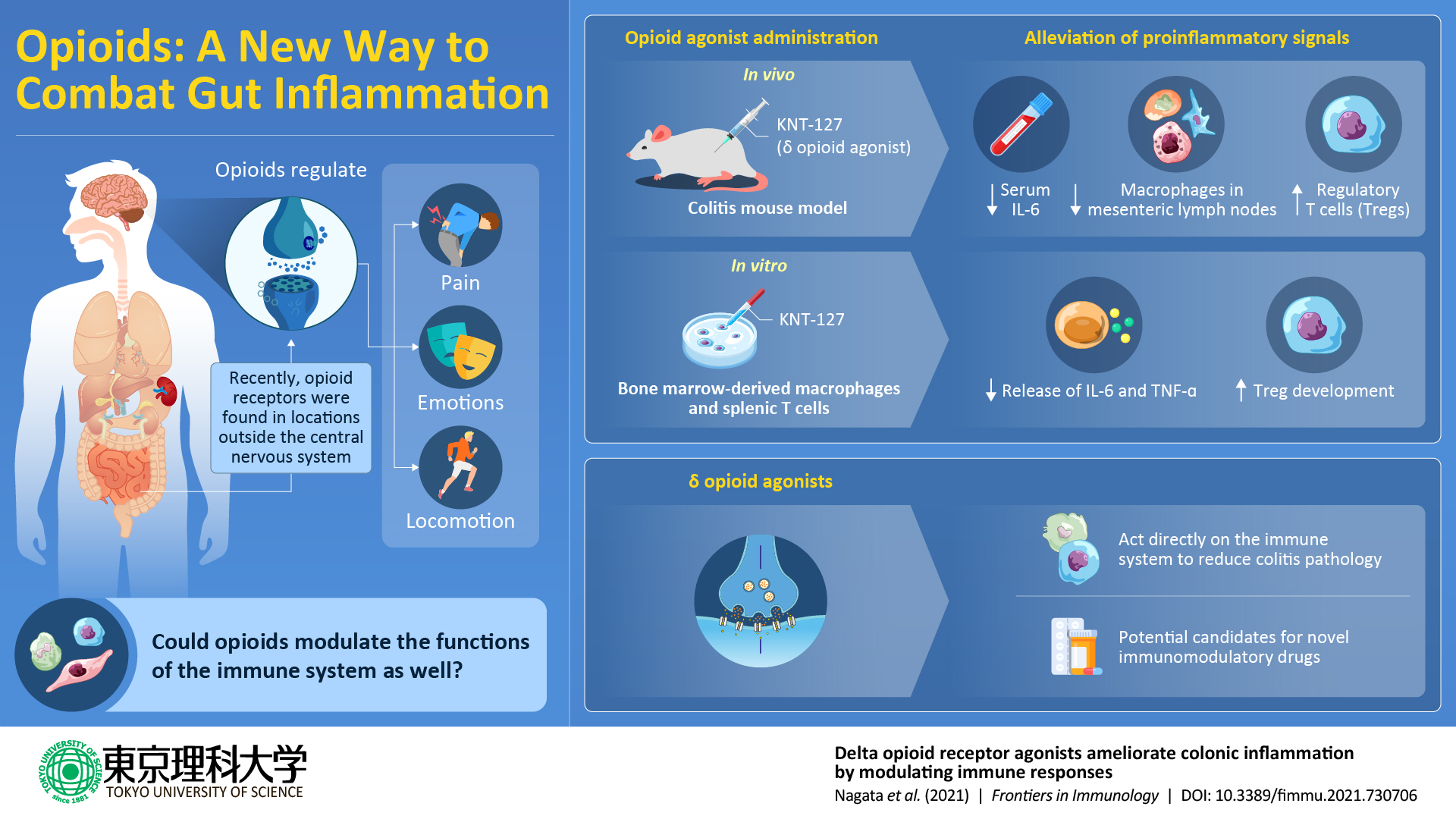
.jpg)
